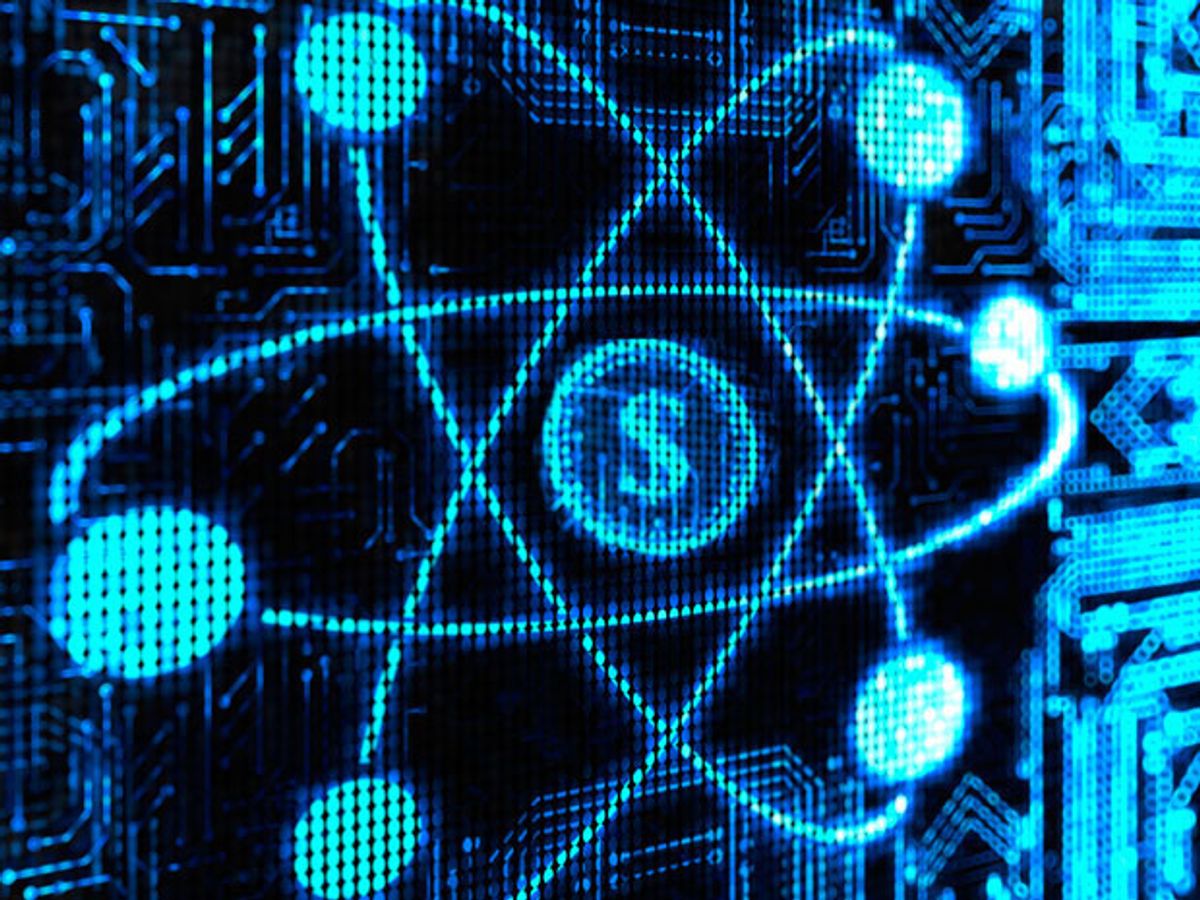Around the world, nuclear power plants are aging and will have to be replaced with new facilities capable of providing steady, reliable baseload power. With natural gas prices currently at rock bottom, many experts are betting on gas-fired plants to power the 21st century. But a new report from The Breakthrough Institute argues that nuclear can compete economically with fossil fuels—if utilities move away from today's expensive and hulking light water reactors and embrace innovative reactor designs.
The Breakthrough Institute is a California think tank dedicated to "modernizing environmentalism," and its founders have previously argued that nuclear power is the answer to the "planetary emergency" of climate change. (Full disclosure: I've moderated a couple of panels at Breakthrough events.) So in this report, the authors set out to illuminate a viable path to a nuclear-powered civilization.
The report says the price of building nuclear reactors can be brought down dramatically if those reactor designs focus on four factors:
First, designs must incorporate inherent safety characteristics that obviate the need for expensive and redundant engineered safety systems. Second, designs must in whole or in part be built modularly so that components of plants can be mass-produced and assembled, rather than fabricated, at the construction site. Third, designs will need to be more efficient thermally such that they are able to generate more electricity from a smaller physical plant. Fourth, designs must have a high degree of readiness in utilizing existing nuclear or industrial supply chains that do not require development or commercialization of new or unproven materials and fuels.
The safety and modularity arguments are particularly important. The light water reactors that are currently the industry standard require extravagant safety systems to keep the reactor vessel pressurized and filled with water. The fuel in such reactors can melt down if power is lost and operators can't control the pressure and water level—as the world learned during the Fukushima catastrophe. If we want to learn from our mistakes, the Breakthrough authors suggest, we should focus on new reactor designs that can operate at ambient pressure, and can cool themselves in the event of a power outage.
Modularity is also a hot topic in the nuclear world these days, since the up-front costs of building a light water reactor are prohibitive. With smaller off-the-shelf reactor designs, units can be added one by one to the grid—and paid for one by one. The Breakthrough authors aren't the only experts looking at assembly-line reactors. Carnegie Mellon researchers recently published a paper arguing that small nuclear reactors can play an important role in the energy mix.
The Breakthrough report uses its four factors to evaluate several advanced nuclear reactor designs, including Generation III+ designs (essentially souped up versions of today's light water reactors) and Generation IV designs like gas- and salt-cooled thermal reactors and fast reactors. While they don't claim to pick winners, one design does stand out from the crowd: the salt-cooled thermal reactor, which uses molten salt as a coolant. The report notes that this design alone meets all of the criteria for significant cost reductions. If you're a nuclear reactor geek like me, check out the report for all the details. (And check out also this IEEE Spectrum feature on seven advanced reactor designs.)
But the report doesn't argue for putting all our eggs in a basket filled with molten salt; rather it advocates investment in a variety of viable new designs.
If there is one lesson from the 60-year history of nuclear energy development and commercialization, it is that locking in to a single technological path too early can have significant long-term consequences. Light-water reactors represented the path of least resistance in the 1950s and once that path was taken, the obstacles to diverging from it have proven formidable.
Image: iStockphoto
Eliza Strickland is a senior editor at IEEE Spectrum, where she covers AI, biomedical engineering, and other topics. She holds a master’s degree in journalism from Columbia University.



